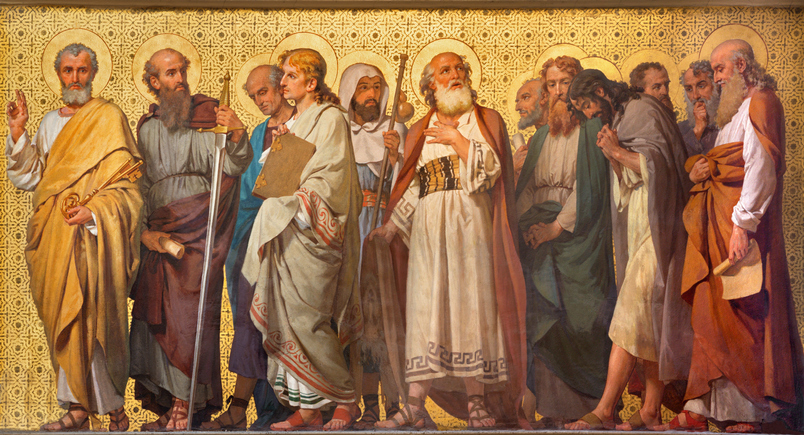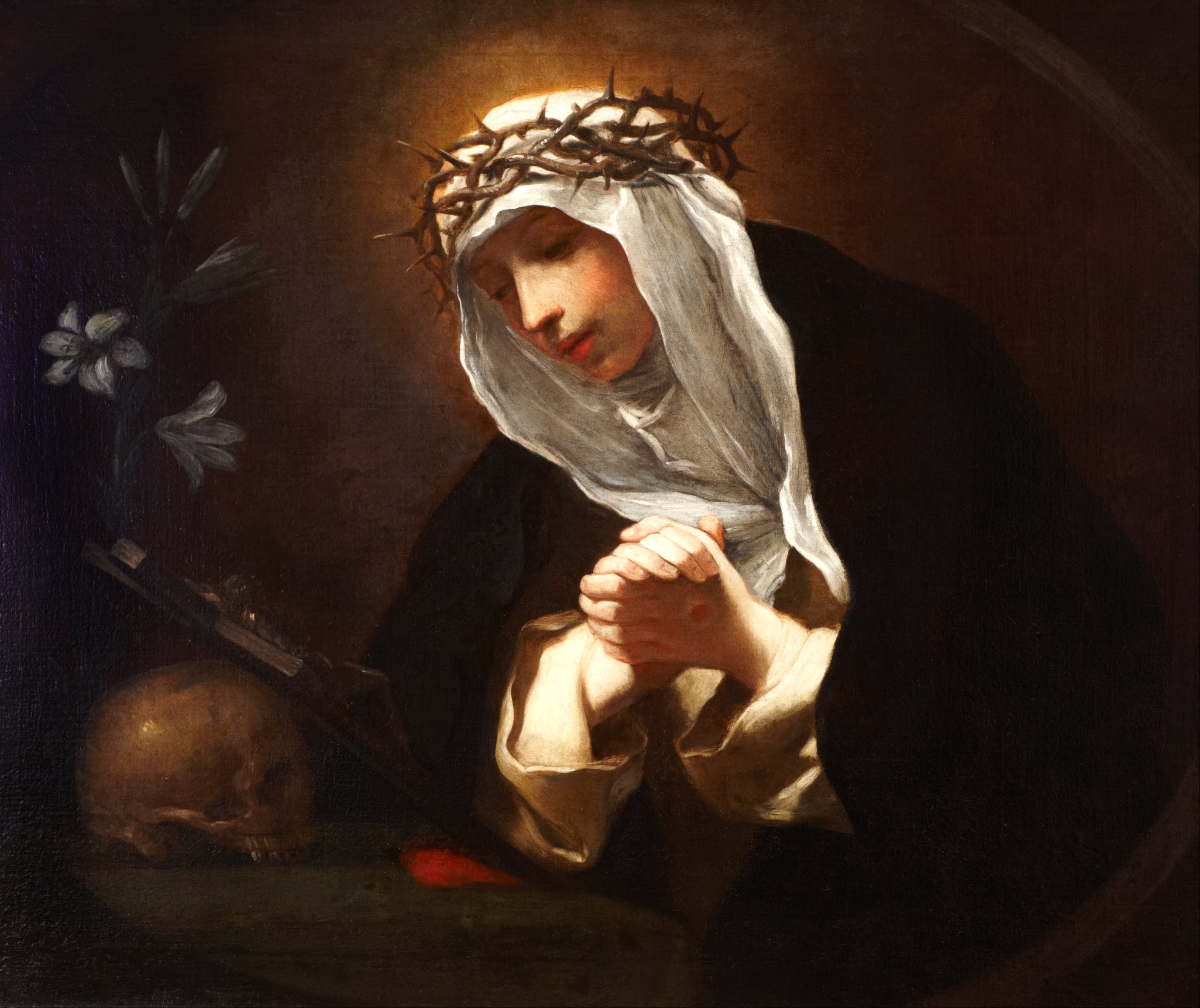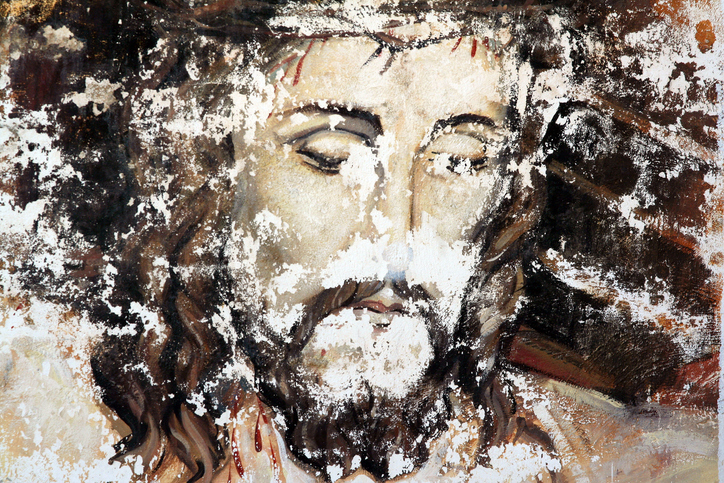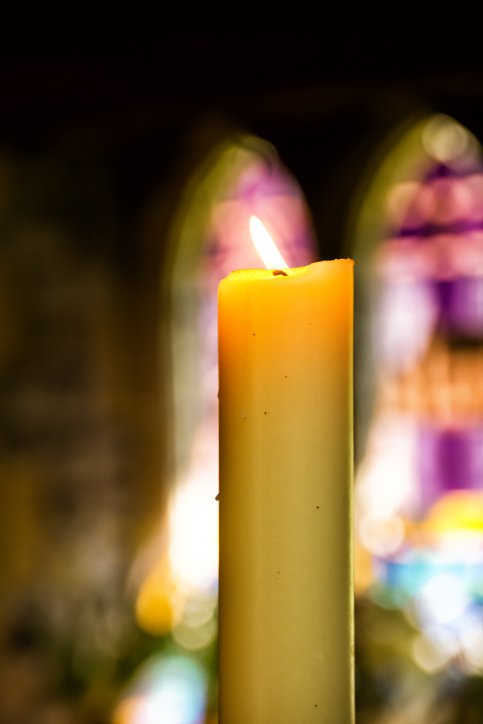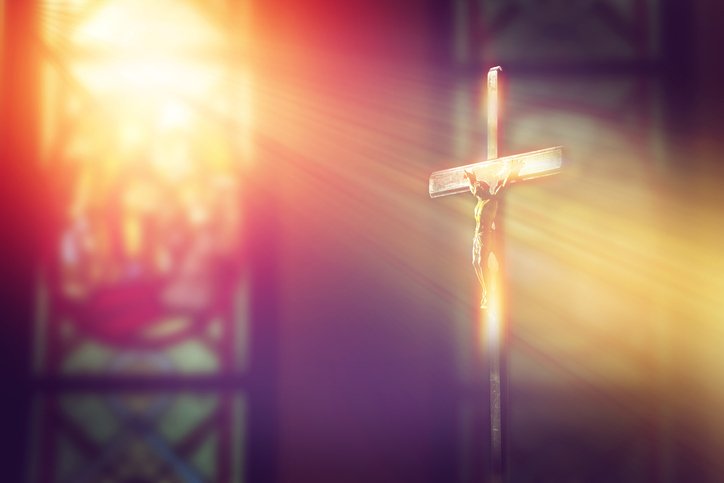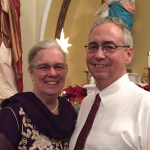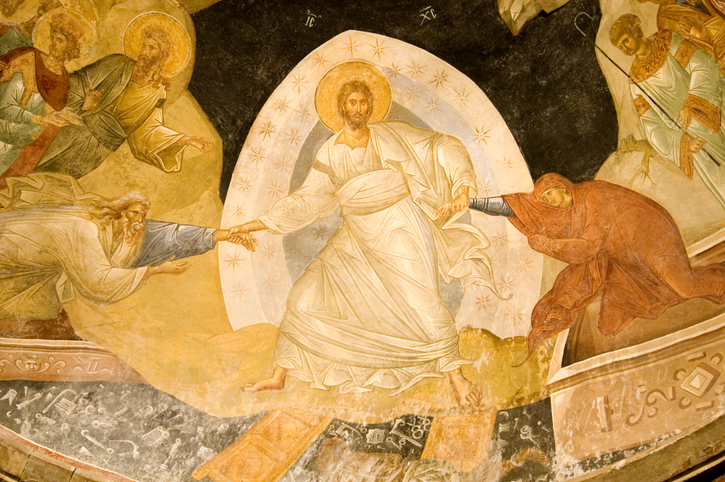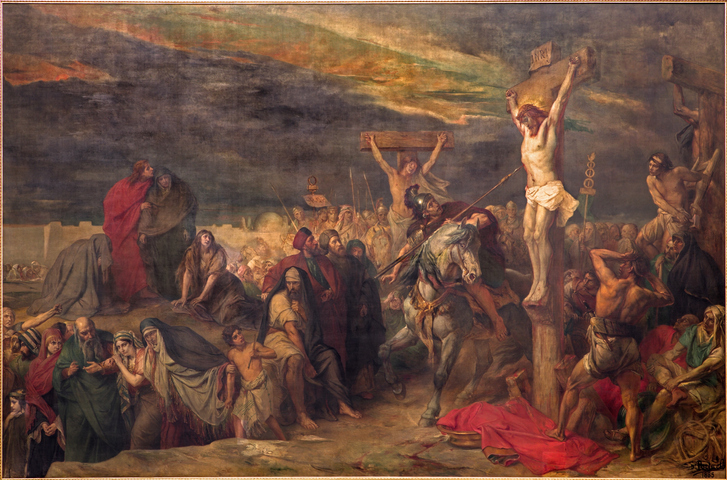Every time I read today’s reading from Acts of the Apostles, it fills me with contentment and peace. The early Christians were a united front, a tight team, and they looked after one another. There is no allusion to greed or aspiration to lofty positions. They were filled with the Holy Spirit (“With great power”), sought to bring the Good News to as many people as possible (“bore witness to the resurrection of the Lord Jesus”) and were rewarded for their efforts (“great favor was accorded them all”). The fact that there was “no needy person among them” reminds me of the original bliss of the Garden of Eden. Perhaps these moments in history were in fact another foreshadowing of heaven’s eternal joy.
Yet, if you continue reading on, you realize all too soon that the first Apostles’ lives were far from bliss. Persecutions, hardships, extensive travel in harsh circumstances, misunderstandings and eventual martyrdom awaited them. And this is why the Bible’s contents continue to be so relevant to us today, precisely because of its ups and downs.
I have four young boys and watch the ebb and flow of life unfold before my eyes every single day. My toddler literally smothers the baby with hugs and kisses, grabs a toy and crawls on the floor, trying to get the baby to follow him around the room, giggling and shrieking with joy the whole time. At other moments, usually, when he’s tired (or has a dirty diaper) he purposely runs over the baby’s fingers with a toy or wants to shove him out of my lap so I will hold him instead.
My 6 and 4-year-olds are best friends. They play together, watch cartoons together, invent adventures together, mastermind Lego creations together and chat it up for hours on end. My 4-year-old despises school because it takes his big brother away from him for 8 hours. Yet the two amigos also fight like cats and dogs, argue about which program they’re going to watch, push each other around, chase each other around the house, tease each other to the point of tears and hurt each other. They can’t live with each other and can’t live without each other.
These real-life scenarios reflect in a small way what we all experience. Ups and downs. Good Friday moments and Easter moments. Times of abundance and times of drought. The good news is that we know what awaits us. Although we may not know if the next minute or the next hour will bring us joy or sadness, we do know what awaits us at the end of our journey. We are Easter people, believers in the Resurrection! May this season be one of joy for you, knowing that “everyone who believes in him may have eternal life.” (Jn 3:15)

Tami grew up in Western Michigan, a middle child in a large Catholic family. Attending Catholic schools her whole life, she was an avid sportswoman, a (mostly) straight A student and a totally type A sister. She loves tackling home projects, keeping tabs on the family finances and finding unique ways to love. She spent early young adulthood as a missionary in Mexico, studying theology and philosophy, then worked and traveled extensively before finishing her Bachelor’s Degree in Western Kentucky. Her favorite things to do are finding fun ways to keep her four boys occupied, quiet conversation with the hubby, and grocery shopping with a latte in her hand. She works at Diocesan, is a guest blogger on CatholicMom.com and BlessedIsShe.net, runs her own blog at https://togetherandalways.wordpress.com and has been doing Spanish translations on the side for the past 18 years.
